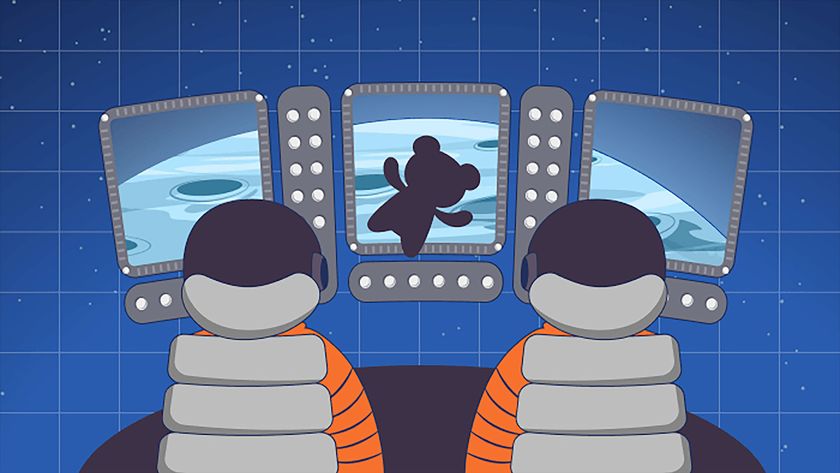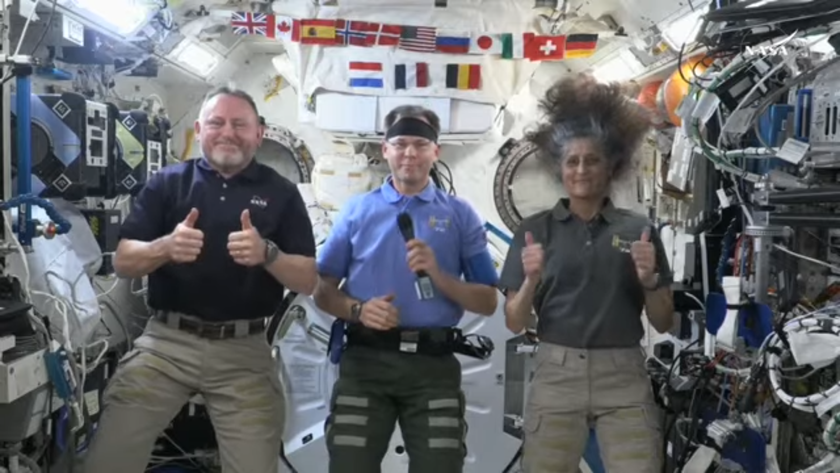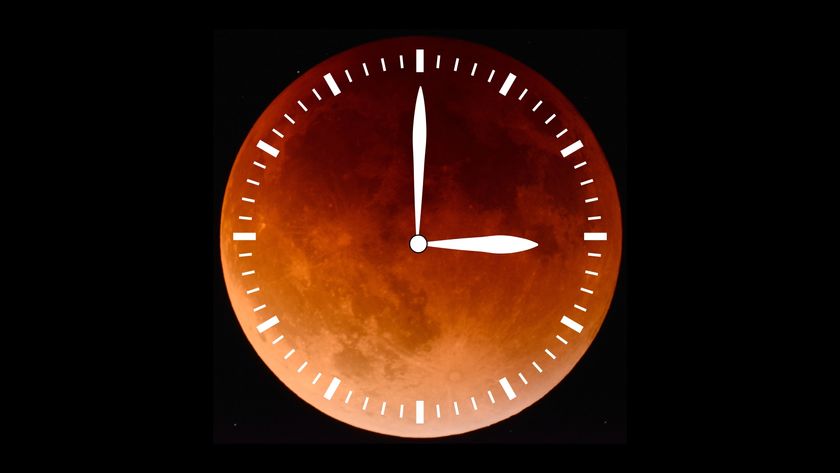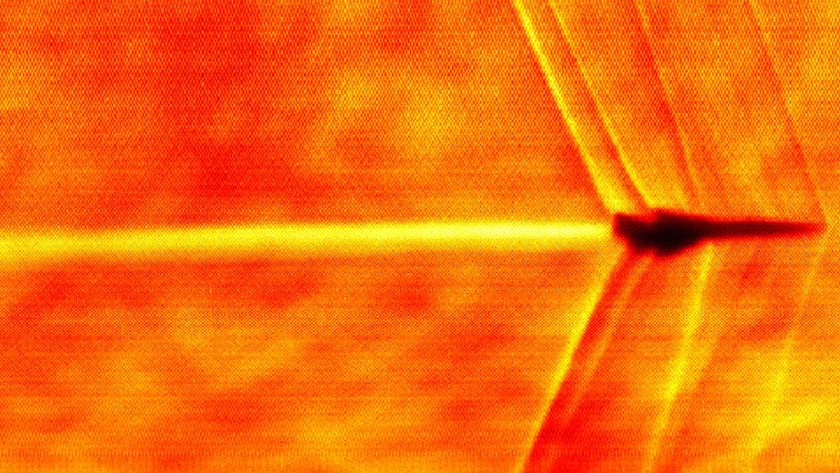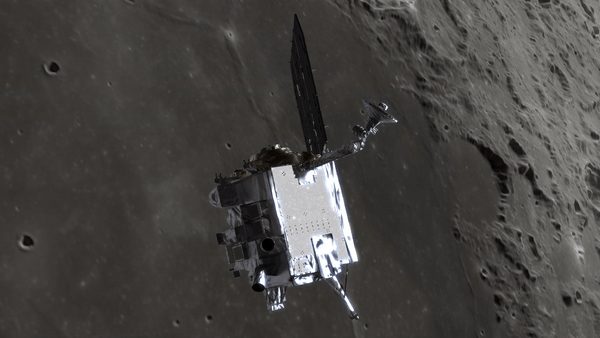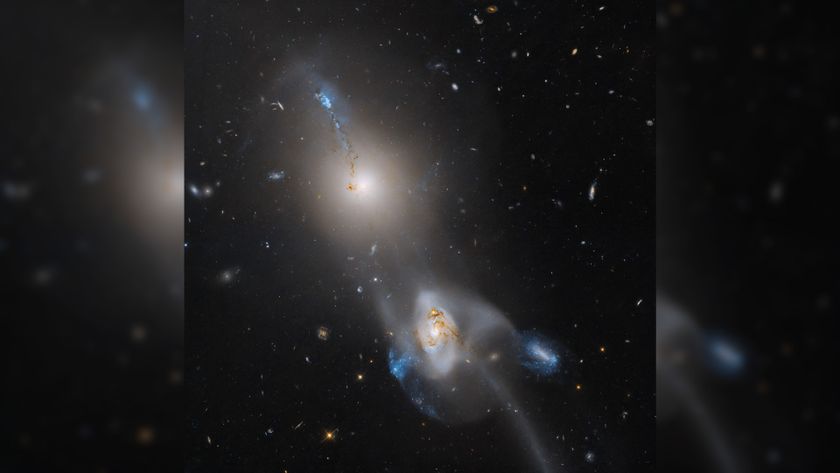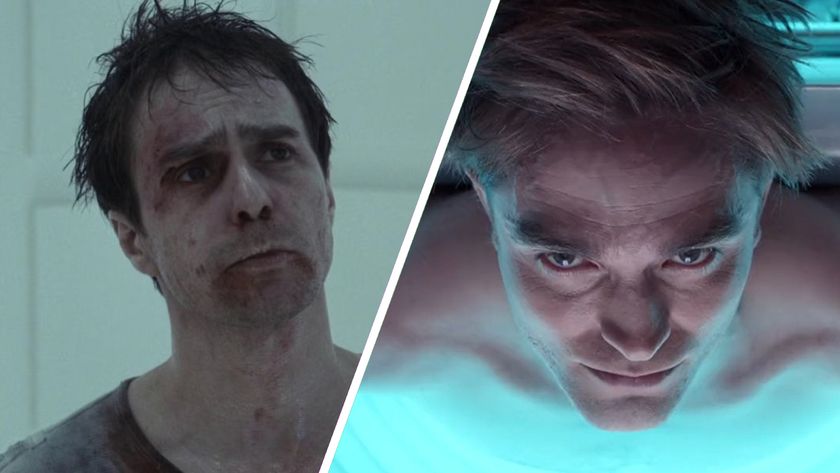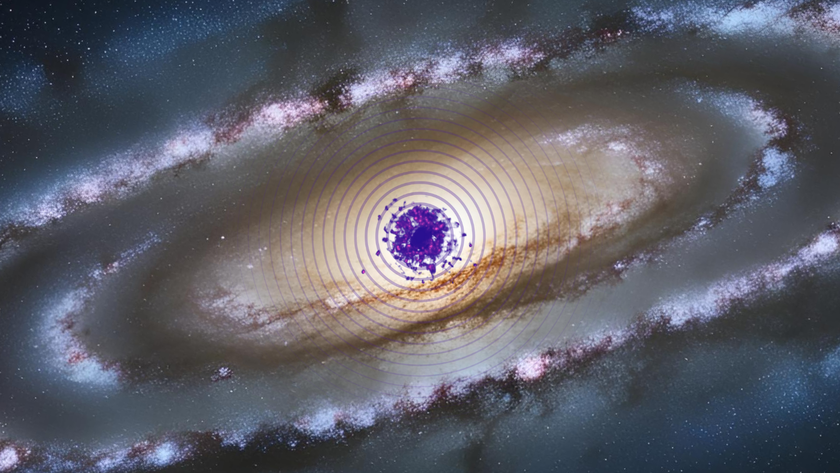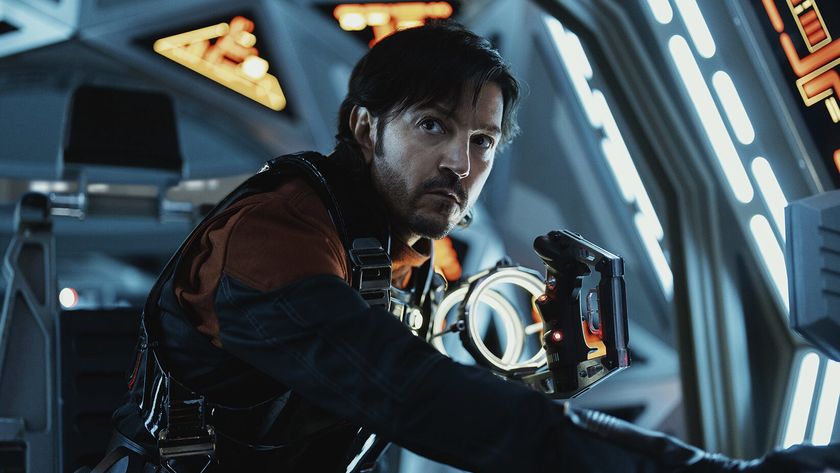Sally Ride's Life Shines in New Photobiography Book for Kids
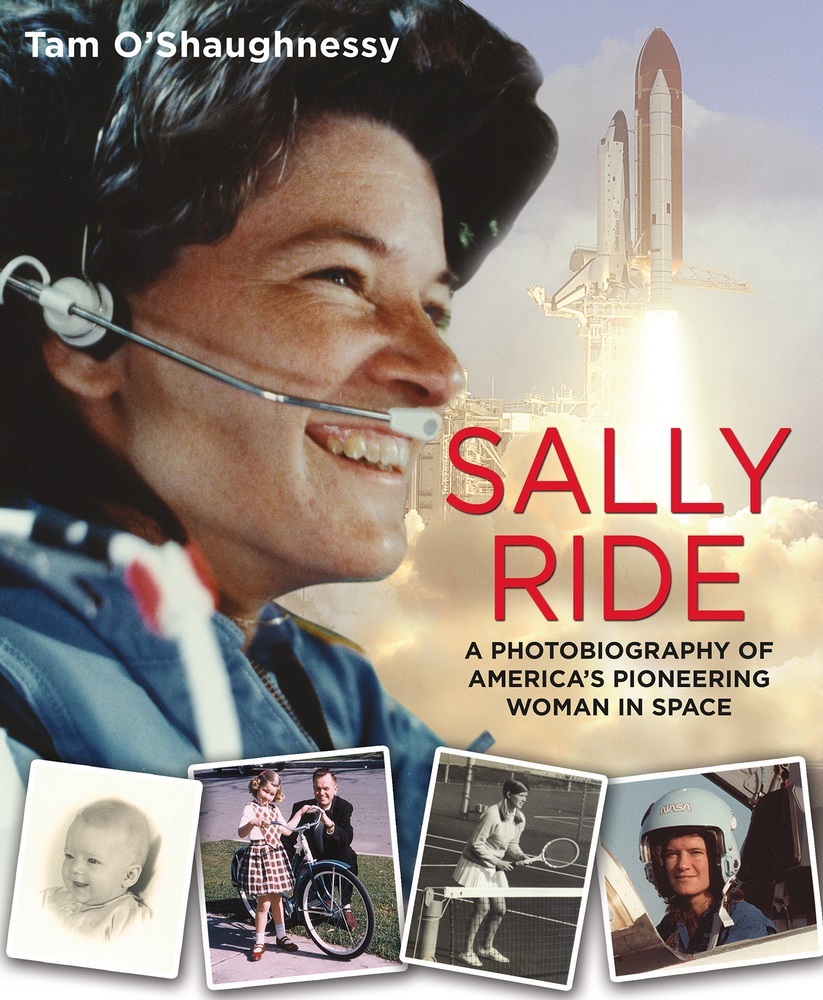
A new children's photobiography of Sally Ride, the first American woman to fly in space, traces the course of her life in pictures and stories compiled by her partner of 27 years — offering a rare opportunity to get to know the famously private astronaut.
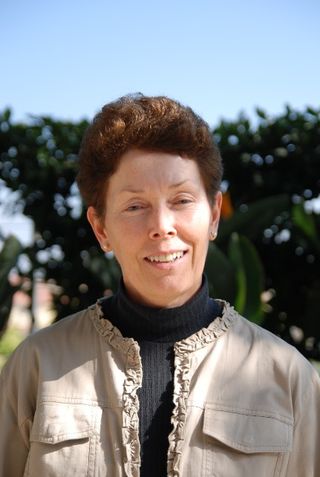
"Sally Ride: A Photobiography of America's Pioneering Woman in Space" (Roaring Brook Press, 2015) profusely illustrated with photos and artifacts from Ride's life, O'Shaughnessy draws from all those eras to paint a full picture of her, pointing the way for any young person wondering what the life of an astronaut is like and what it takes to become one. [Sally Ride: First American Woman in Space (Pictures)]
Space.com talked with O'Shaughnessy about writing the biography and what she hopes people will take away from Ride's story. We also included some pages from the biography to demonstrate, provided by Roaring Brook Press, an imprint of Macmillan.
Space.com: What made you decide to write this book about Sally?
Tam O'Shaughnessy: Sally died at exactly 10 a.m., or close to 10 a.m., on July 23, 2012. I immediately called our head of technology [at Sally Ride Science], who refreshed our website, and then the gang came over to our house to just help me deal with the press and deal with Sally's death and her body and all that stuff. There was a small group of us at the house. And then what happened is — it was just such an emotional, crazy morning — a few of us went and sat outside on the patio furniture, just to get a breath of fresh air. We noticed a helicopter circling […] and the helicopter had a person hanging out of it with a telescopic camera at us. Clearly, the press had gotten the message off of the Sally Ride Science website that Sally was gay, that she had died of pancreatic cancer, and they were just swirling. I was just shocked. We ran into the house.
I realized I wanted to get on top of the story and make sure that anything that was written or done, as best I could manage it, was done truthfully and with respect. Sally and I, for 25 years, wrote children's science books. And we have a wonderful editor and literary agent in New York. I called her, Esther, and told her what happened, and said, "You know, I think there needs to be a family-approved biography about Sally." Lynn Sherr, one of Sally's friends, wrote the adult, official biography about Sally. And then I started thinking about doing one myself for kids, and trying to do it as appropriately as I could with all the issues of death and being gay and being a gay couple, and Sally being such a hero to so many people. I talked to my editor, Simon Boughton, and he thought it was a great idea, and that there was a way to just do it in a very matter-of-fact way, and that kids would respect that. I actually started writing it about six months after Sally died.
Space.com: What was the creation process like?
Get the Space.com Newsletter
Breaking space news, the latest updates on rocket launches, skywatching events and more!
O'Shaughnessy: I had to write the story first, and then layer in the photos and the artifacts. The thing that helped me so much was that Sally was a great saver. She saved everything, from her first driver's license, her first tennis card from the Southern California Tennis Association when she was 12 years old, ticket stubs to Disneyland. She saved everything, so I had a treasure trove of stuff, and I looked — I'd seen it all, we'd gone through stuff over the decades and looked at each other's scrapbooks and things. I went through everything, crying half the time, but it was good, too, and just trying to figure out what would really tell this story. But it was so easy because I had all this stuff to use, and then all of that just brought back all these memories.
And I did it in chronological order, because that seemed to make sense to me. The story builds, and who Sally became builds, as it did in real life. Kids think they're one way, and they become better and stronger, and people realize who they are as they grow up and experience life. That's what happened to Sally.
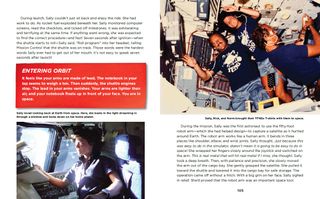
Space.com: What do you hope people take away from Sally's story?
O'Shaughnessy: I thought long and hard about that before the [book-launching] events in Washington, and it's really two things: I want people to really know who Sally was — the real Sally — and how much fun she was, how much integrity she had, and that she really followed her heart. She didn't confine herself to be any certain way. Becoming an astronaut was a whim; she was planning on becoming a university professor, and then she saw the notice in the Stanford student newspaper that NASA, for the very first time in history, was allowing women to apply to become astronauts. And at that moment, she decided, "Yes, I want to be an astronaut." And she did that throughout her life. It's very cool to follow your heart, do the things that you're passionate about.
I wanted kids to know the real Sally, and how much fun she was, and that she did follow her heart — but also some of the very cool things she accomplished in addition to being the first American woman to fly in space. She was very important nationally — [she] advised presidents on space policy and space exploration, and we wrote cool children's science books together and decided to form a company. But also, I'm hoping that — so far, what I hear, I think this is happening — I want kids, after they read the book, to sit back and go, "Wow, what a fun and full life Sally Ride had." And also, I'm really hoping that they go, "Ah, I get it. Love is love, no matter the gender of the couple." Kind of a big message. I didn't want to cram it down their throats; I want kids to come up with that on their very own, not to mention teachers and parents.
Space.com: Sally didn't share details of her private life with the public while she was alive. How did you first decide to reveal your long-term relationship?
O'Shaughnessy: Sally was very private about everything, really. And she was from the time she was a kid. So there was only a small group of family and friends who even knew she had cancer, and only our closest friends and colleagues — and family, of course — that knew we were a couple.
I gathered a couple of people from the company, and I created basically her obituary. I created the material that would go up on our website for when she died, and Sally and I talked about our relationship and who I was going to be to the public after she was gone. Sally surprised me, which wasn't unusual, and told me, "You decide what you want to say and how you want to say it, and it'll all be good." I decided to be open and honest about us; Sally was a person of tremendous fairness, honesty, integrity, and it always seemed wrong to me that we both were, deep down, afraid of being homosexuals. She gave me that gift, and I decided to be open and honest, so I created the message that went up on our website.
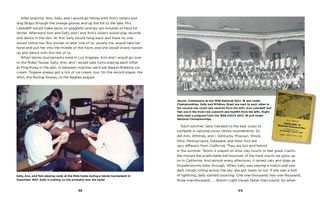
Space.com: What are the challenges today in encouraging kids, especially girls, to get into STEM fields?
O'Shaughnessy: The biggest thing is, really, the culture of our country has certainly improved. And I think that people — corporate leaders, parents, teachers — everybody acknowledges how important it is for kids to be scientifically, technologically and math literate. But there are still subtle little stereotypes in our culture that are still around that encourage boys more than girls and kids of color. It's just true. And there's also a kind of bias. I think it's unconscious, but it's sort of like, science is so difficult that it's really only for the gifted kids.
Our world is so dependent on science and technology now, and math, that all students have to become STEM-literate. It's a necessity for good jobs and good lives. It's kind of weird: There are major barriers, [but] on the other hand, the solution is really easy. On TV and in magazines, present diverse role models. Show women as much as you show men. Show people of color as much as you show majority folk. And tell stories of what people are really doing in STEM — it's amazing, great, interesting work. And kids will maintain their excitement and inspiration about science and math and technology.
Space.com: Do you think that Sally would have gone to Mars?
O'Shaughnessy: I know the answer to that, and it's yes — a resounding yes. Sally would have gone to the moon, she would have gone back up on the shuttle, and we were both fascinated with Mars. Yes, she would have — and even if I said, "Well, that might mean you're gone for two years," she would say, "Yeah, well, that's what it is."
Email Sarah Lewin at slewin@space.com or follow her @SarahExplains. Follow us @Spacedotcom, Facebook and Google+. Original article on Space.com.
Join our Space Forums to keep talking space on the latest missions, night sky and more! And if you have a news tip, correction or comment, let us know at: community@space.com.

Sarah Lewin started writing for Space.com in June of 2015 as a Staff Writer and became Associate Editor in 2019 . Her work has been featured by Scientific American, IEEE Spectrum, Quanta Magazine, Wired, The Scientist, Science Friday and WGBH's Inside NOVA. Sarah has an MA from NYU's Science, Health and Environmental Reporting Program and an AB in mathematics from Brown University. When not writing, reading or thinking about space, Sarah enjoys musical theatre and mathematical papercraft. She is currently Assistant News Editor at Scientific American. You can follow her on Twitter @SarahExplains.
